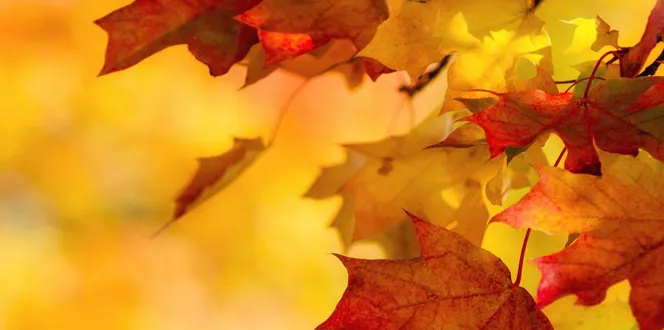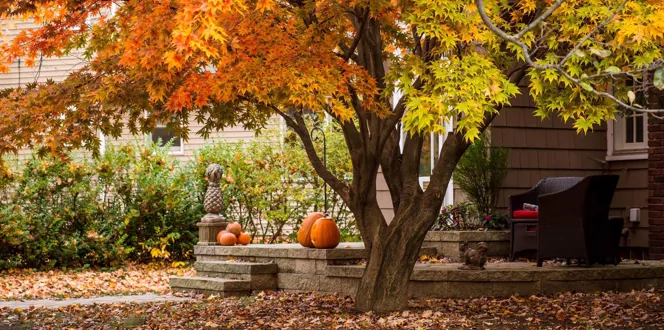Did you know the tallest living tree in the world is a nearly 400-foot redwood? Towering redwoods like the Hyperion leave us in awe. To evoke such strong emotions, redwoods need to keep their many limbs and needles looking fresh, which requires lots of water!
Ted, a Davey blog reader, reached out when he noticed his young redwood tree had “brown needles from the bottom to halfway up one side facing the sun. What can I do to help it go back to green?”
Drought and other stressors are tough on redwoods, but they can bounce back. Here’s how to spot, and help, a stressed redwood tree.
Is your redwood tree turning brown? Here’s why.
A lack of water is usually what turns redwoods from fresh green to a bone-dry brown. But some pests and disease also cause redwoods to change color.
Symptoms of a Distressed Redwood Tree (Redwood Tree Yellowing or Turning Brown)
Redwoods are evergreen trees, so when they stray from their signature color, there could be a problem.
Here’s what your redwood is trying to tell you with its color change:
- Brown needles starting at the bottom show drought stress. As the tree struggles to spread water to all its branches and leaves, needles toward the bottom brown first.
- Brown needles from the top down could point to a pest or disease. But infestations aren’t picky—they’ll also brown needles from the bottom up.
- Yellow needles are typically the beginning stage of an outbreak that will eventually turn needles brown. Figure out what the problem is now to solve it before it gets worse.
How to Save a Dying Redwood
If you drink enough water, you likely slurp up eight glasses filled with eight ounces each day. Redwoods, though, need to drink 160 glasses of that size every day to stay hydrated!
To help stressed redwoods, you almost always need to give them more water! That's especially true for redwoods in the summer and young redwoods, like Ted’s tree. Newly-planted trees rely on a steady watering schedule year-round during their first year. Scroll on for details on watering your redwood.
Or if you suspect a pest or disease is attacking your tree, use the below checklist to see what’s up.
- Look for signs of pests on the tree. Most insects can be seen crawling throughout the branches. If you don’t spot any critters, check for sawdust or tiny holes in the bark, which are also signs of a pest invasion.
- Check for symptoms of canker disease. Redwood canker turns random branches throughout the tree brown, and you’ll see large bulges on the tree that might be oozing.
- Have a certified aborist check for any pest and disease symptoms. Plus, they’ll know just how to treat your tree.
How to Water a Redwood Tree
Deep watering is an effective way to replenish your redwood and conserve resources. Here’s how.
- Make a homemade tree watering system with items you already have, like a bucket or garbage bag.
- Water trees deeply in the morning.
- If you are in a drought, use these tricks to reduce watering and deliver only what’s needed.
- Ask your arborist about subsurface watering, a Davey method for getting the most water to trees’ roots during a drought.





